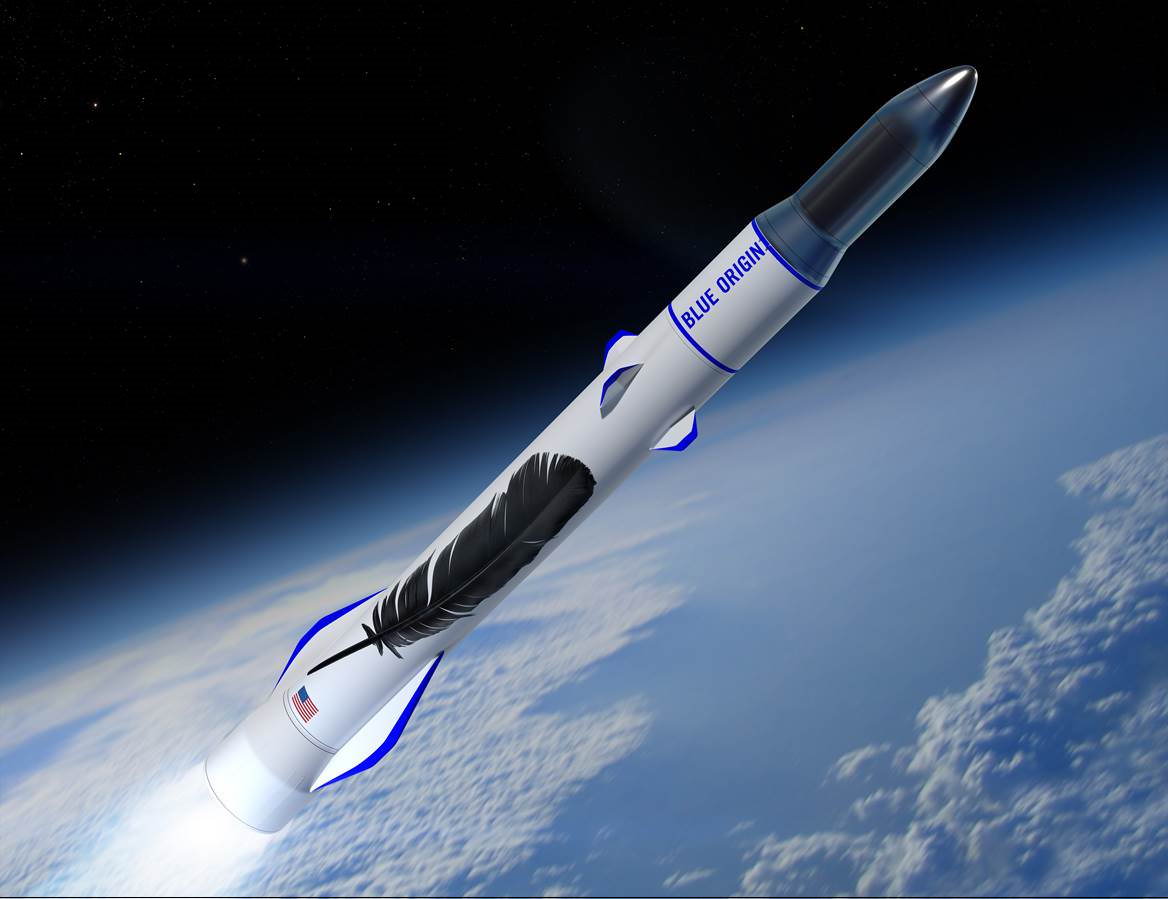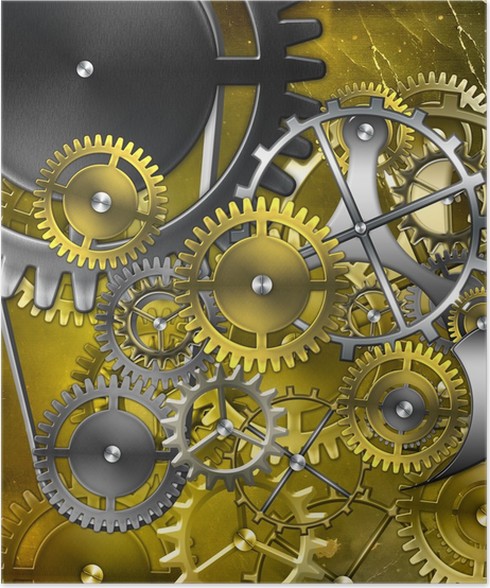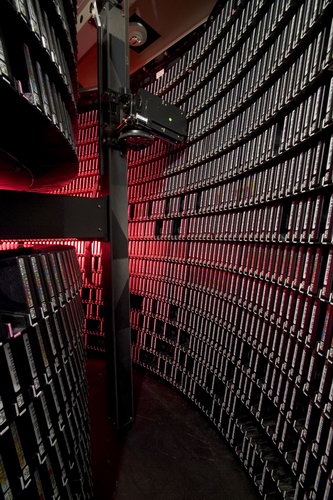Amazon is daily present in almost any form of media. Furthermore, always present in the media, willingly or not, is its creator, the genius Jeff Bezos.
We live in the age of admiration. The media are looking for figures to admire. Since pop stars do not fare well with all audiences, new types of media icons are welcome.
Wealth associated with success always attracts audiences.
Jeff Bezos, Elon Musk and Richard Branson are much more mediatic personalities than Bill Gates.
That is fine so far as it stays in the media as entertainment value.
The problem is that it does not stay there.
It may satisfy the curiosity of some as to what Bezos has for dinner or the brand of jeans that he prefers or his music choices etc. There is however a difference between Business Analysis and gossip, as well as, a limit in what is considered the recipe for universal success.
In particular, as far as the recipe of business success is concerned, there seems to be an epidemic of suggestions that Bezos Business Strategy, his Technique and Management style, is becoming the Holy Grail for all Companies, while all Companies are to be compared and measured with reference to Amazon.
Bezos is the Magician of e-commerce, while one generation of his constant efforts, courage, stamina and undoubted genius, got Amazon to the brilliant position that it occupies today.
Although imitation is the highest form of flattery, it does not necessarily lead to Business success.

Hyperbole has its limits. We hear that this company is the “Amazon of Pharmacy” the other is the “Amazon of building materials” and soon we are going to hear – if it has not been already stated – about the “Amazon of Media”, the “Amazon of Entertainment” and why not, the “Amazon of Fast Food”.

The Bezos genius is that the Amazon concept is neither copyable nor a panacea.
Amazon is an ever expanding and innovative platform of e-commerce for goods and services. It focuses like any other good Business to serve the Customer’s needs in a better, more efficient way. It is certainly very innovative in the way it does it, while Bezos’s Financial Strategy is to forgo the present dividends for future growth.
Bezos is also involved in Space and other Business.
Jeff Bezos’s Blue Origin rocket company has recently, shot a capsule into space higher than it has ever been before.
Banking and Health Services are the new targets.
While Bezos is admirably very creative, original and competent, his Business Models are not necessarily suitable for other Companies.
An example of this, is a Company that is close enough in innovation, originality and modernity i.e. Tesla.
Although both Companies are run by driven visionary business intellectuals, the recipe of success in each of them is different.
Bezos is offering mostly something intangible, a Service. He manages to get the products of others to the Customer in a most efficient fashion. Amazon – independently of the other Bezos’s enterprises – is not producing anything, it is a Trading Company.
Musk, a master storyteller, is offering something tangible, a Product. Musk is redefining and relearning the way to produce this product, but he is offering a Product not a Service. Tesla is a manufacturing Company.
Overall Musk is focused on products, be it EVs, Rockets or Solar Tiles.
The case in between, is Apple. Apple is both a producer of tangibles and intangibles.
Apple uses the tangibles e.g. iPhones, iPads etc. endowed with human and friendly software, which have a utility on their own, to also lead the customer to the Apple platform of intangibles.
Bezos with Amazon, Musk with Tesla and Jobs with Apple, each of them created their own Business Ecosystem, that is based on the vision, creativity, innovation and resilience of their creators.
These Ecosystems are useful to draw a lot of lessons from, but they can neither be copied nor imitated.
Every Company must design and continuously develop/re-invent its own Business Model
The Business Model of each Company depends on three main components:
- Market
- Structure
- Technology
- MARKET
 A Company must understand in and define in depth, its present and future Market in relation to its product/service proposition. When Steve Jobs said that “Customers do not know what they want until you give it to them”, he did not mean that anything can be profitably sold if competently marketed.What he meant is that it is up to an enterprise to create an original product that offers a new and better way to cover an existing customer need. The customer did not know that it needed a washing machine but, adopted it when it appeared.Fiat-Chrysler’s CEO Marchionne, the maker of Ferrari, achieved the same by reviving and offering to the customers in the 21st Century the Jeep that was first produced in 1940. He managed to do the same with the Fiat 500 Model. The customers did not know that they needed a Jeep SUV or a Fiat 500 until they were offered to them. Similar efforts to massively reintroduce other iconic models like the “Beetle” or the Citroen 2CV, have failed.The lesson is that, your Company must understand what the customer needs by understanding your customers’ experiences and feelings so as to imagine by extrapolation how they would feel; don’t ask your customer to tell you the solution. You cannot research your way to Innovation. Your job is to be a deep, empathetic listener and observer.
A Company must understand in and define in depth, its present and future Market in relation to its product/service proposition. When Steve Jobs said that “Customers do not know what they want until you give it to them”, he did not mean that anything can be profitably sold if competently marketed.What he meant is that it is up to an enterprise to create an original product that offers a new and better way to cover an existing customer need. The customer did not know that it needed a washing machine but, adopted it when it appeared.Fiat-Chrysler’s CEO Marchionne, the maker of Ferrari, achieved the same by reviving and offering to the customers in the 21st Century the Jeep that was first produced in 1940. He managed to do the same with the Fiat 500 Model. The customers did not know that they needed a Jeep SUV or a Fiat 500 until they were offered to them. Similar efforts to massively reintroduce other iconic models like the “Beetle” or the Citroen 2CV, have failed.The lesson is that, your Company must understand what the customer needs by understanding your customers’ experiences and feelings so as to imagine by extrapolation how they would feel; don’t ask your customer to tell you the solution. You cannot research your way to Innovation. Your job is to be a deep, empathetic listener and observer. - STRUCTURE
The structure is completely different for a Company offering Services vs. a Company offering Products. If a company offers Products the principles of Manufacturing, pioneered by W. Edwards Deming still apply W. Edwards Deming.
If a company offers Products the principles of Manufacturing, pioneered by W. Edwards Deming still apply W. Edwards Deming.
Ford Motor never needed a bailout. Ford recruited Deming and adopted the Deming principles and methods which also guided Japan to achieve its industrial excellence. Elon Musk is relearning the Deming ways in the Tesla factory.
On the other hand, a Service Company depends a lot on high quality software and digitalization.
As a general comment, a Company, irrespective if it is Product or Service oriented, must be structured in such a way that fosters continuous innovation, creativity and agility both in its internal structure, as well as, externally allowing to both create and exploit a Market. In this endeavor, the structure of a Company, as expressed by its Business Model, is the most serious internal issue to be addressed by the C-suite with appropriate external, third party assistance. - TECHNOLOGY
 Following its objectives and strategy, a Company must select and be in the forefront of all technological advances that affect its operations at present and in the foreseeable future. Focus on those technologies that can shape its business ecosystem, introduce new commercial patterns and benchmarks and conform with national or supranational regulatory systems and norms.New technology trends such as automation and the use of artificial intelligence or any other cutting-edge technology do not help a Company just because the Leadership decided to introduce them. They must first be judicially selected on the basis of their suitability for the specific markets, adaptability to the Company culture, inclusive of legal and regulatory conformity.
Following its objectives and strategy, a Company must select and be in the forefront of all technological advances that affect its operations at present and in the foreseeable future. Focus on those technologies that can shape its business ecosystem, introduce new commercial patterns and benchmarks and conform with national or supranational regulatory systems and norms.New technology trends such as automation and the use of artificial intelligence or any other cutting-edge technology do not help a Company just because the Leadership decided to introduce them. They must first be judicially selected on the basis of their suitability for the specific markets, adaptability to the Company culture, inclusive of legal and regulatory conformity.
Whilst there are many abstract lessons to be drawn by Business personalities like Bezos, Musk Jobs or for that matter Gates, Edison and Carnegie, copying will not advance any Company
Mozart and the Beatles were great musicians. This does not mean that every other musician has to imitate them. There were excellent, albeit different, musicians before and after them.
Your talent and your instrument define you as a musician but the success of your tune is defined by your audience.

